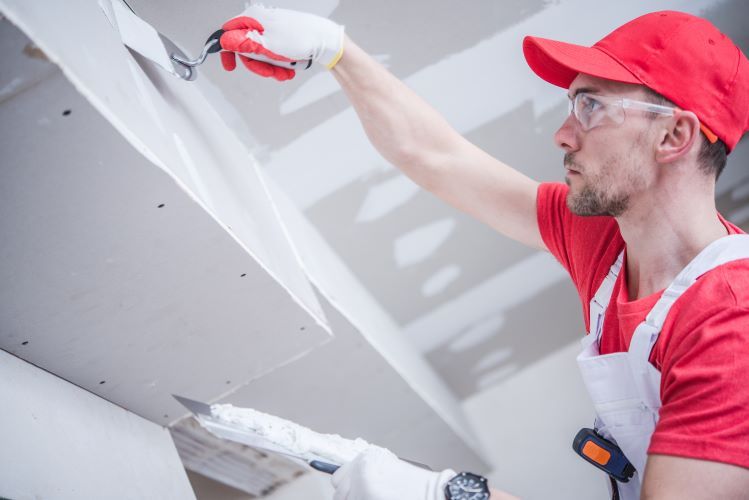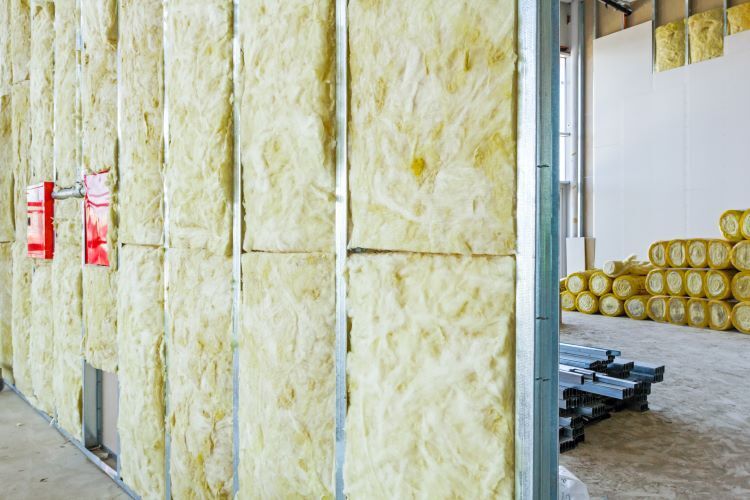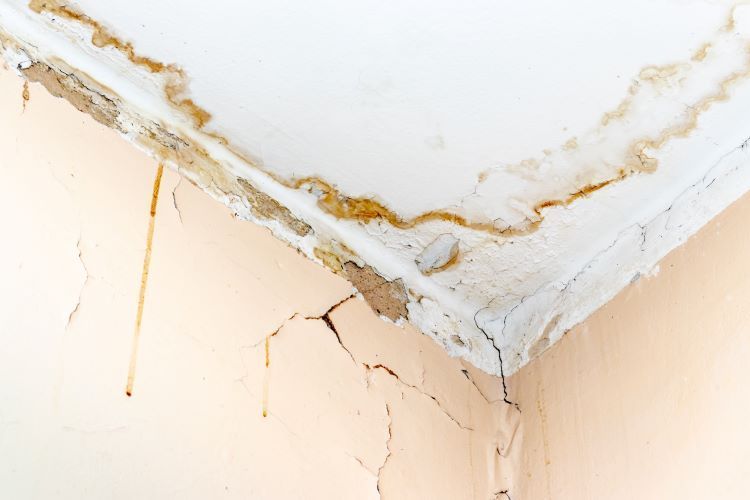The Purpose of Mudding Drywall

In the world of drywall finishing, mudding plays a crucial role in achieving that flawless, seamless surface that transforms a room. As a leading drywall company in Windsor, Ontario, Windsor Drywallers knows the importance of mudding in achieving professional-grade results. In this article, we'll delve into the purpose of mudding in drywall finishing and why it's an essential step in the process.
What is Mudding?
Before we dive into its purpose, let's first understand what mudding entails. Mudding, also known as joint compound application, involves the application of a specially formulated compound to seams, joints, and corners of drywall panels. This compound is then smoothed and feathered out to create a seamless surface, ready for priming and painting.
The Purpose of Mudding:
- Seam Concealment: One of the primary purposes of mudding is to conceal the seams between drywall panels. When drywall sheets are installed, there will inevitably be gaps between them. Mudding fills in these gaps and creates a smooth transition between panels, ensuring a uniform surface for finishing.
- Joint Reinforcement: In addition to concealing seams, mudding reinforces the joints between drywall panels. This helps to prevent cracks and separation over time, ensuring the structural integrity of the wall or ceiling. Properly mudded joints provide added strength and stability to the drywall assembly.
- Surface Preparation: Mudding serves as a crucial step in preparing the drywall surface for painting or wallpapering. By filling in imperfections, such as nail holes, dents, and scratches, mudding creates a smooth and even surface that is ideal for finishing. This ensures that the final coat of paint or wallpaper adheres uniformly to the surface.
- Aesthetic Enhancement: Mudding is instrumental in achieving a flawless, professional-looking finish on drywall surfaces. By properly feathering and sanding the joint compound, drywall professionals can create seamless transitions that are virtually indistinguishable from the surrounding wall or ceiling. This enhances the overall aesthetic appeal of the space.
- Moisture and Sound Resistance: Certain types of joint compounds offer additional benefits, such as moisture and sound resistance. By choosing the appropriate compound for mudding, drywall contractors can enhance the performance of the finished surface, making it more resistant to moisture infiltration and sound transmission.
In summary, mudding plays a multifaceted role in drywall finishing, serving as both a structural reinforcement and an aesthetic enhancement. By concealing seams, reinforcing joints, preparing the surface, and enhancing the overall appearance, mudding ensures that your drywall project achieves professional-grade results. With Windsor Drywallers' expertise and attention to detail, you can trust that your drywall surfaces will be expertly mudded for a flawless finish.
You might also like


